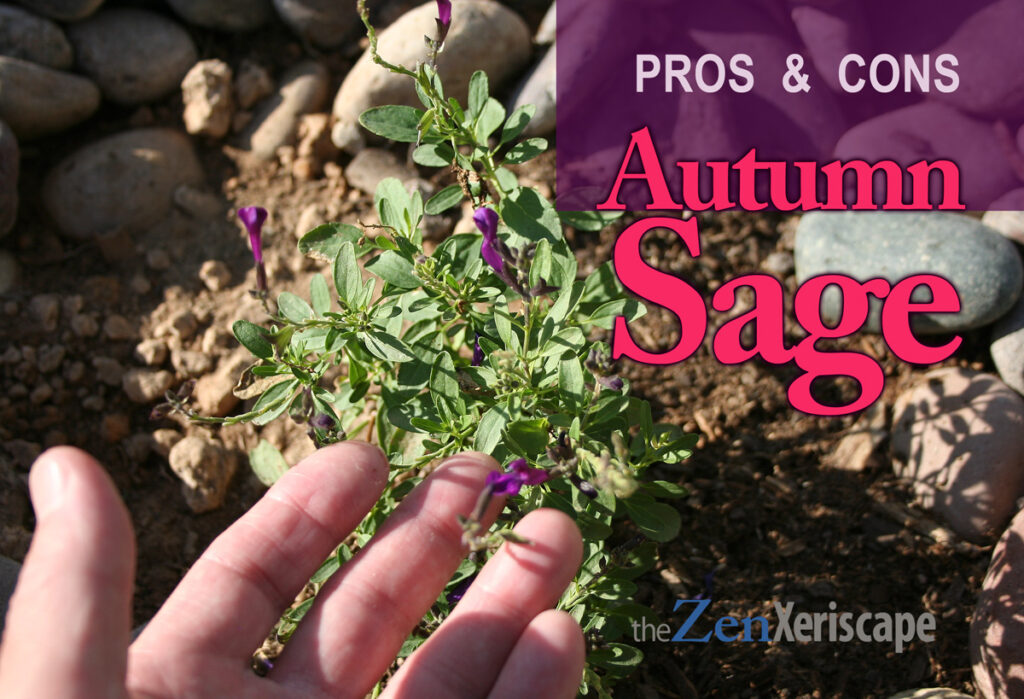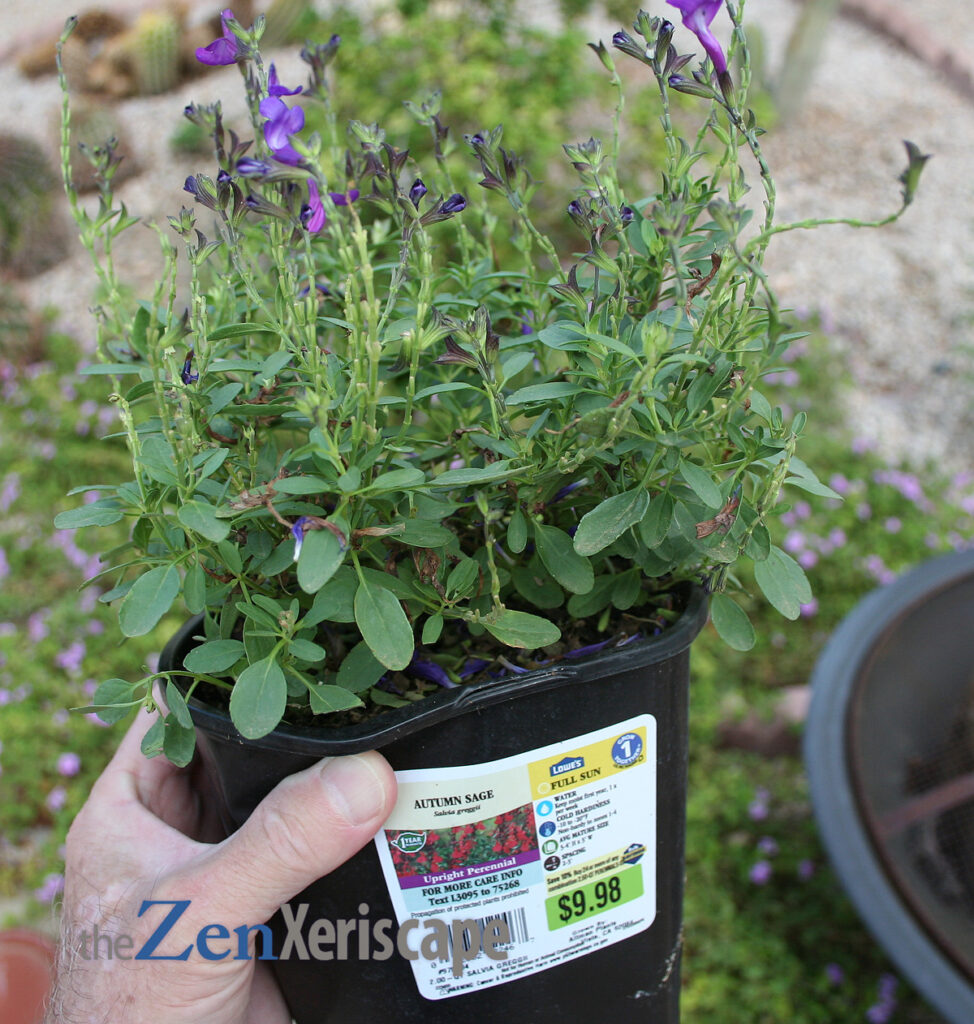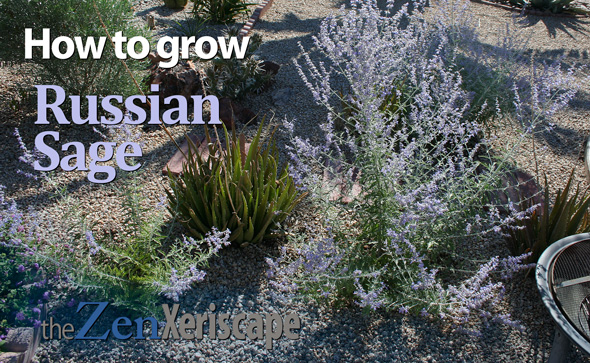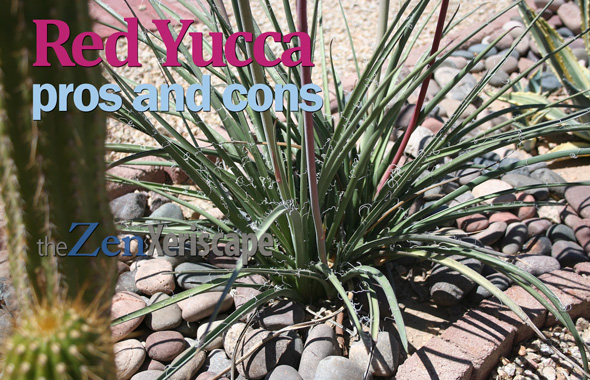Ever since I moved to the southwestern United States, I’ve been growing autumn sage (Salvia greggii). It’s a popular and easy-to-find plant that is perfect for landscapers who want to conserve water. But, are there also downsides to autumn sage? Here are the autumn sage pros and cons!

drought- and heat-tolerant, and makes
a lovely addition to any xeriscape.
Photo by Doug Martin
Autumn sage pros and cons
PROS:
Blooms for 3 seasons or more
Salvia greggii, also popularly known as autumn sage, has petite, tubular flowers than bloom from spring-through-fall. And, depending on your hardiness zone, they might bloom all year round.
Variety of flower colors
In addition to a long blooming season, the flowers on this sage come in a wide variety of colors. The ones I currently have planted in my xeriscape have purple flowers, but they’re also available with a bright red hue, which I plan to add to my landscape shortly.
If you’re lucky, you might also see these sages with pink, white, orange, and even yellow flowers. In the past, I’ve grown these plants with white flowers, as well as with the red, hot pink, and purple flowers.
Looks spectacular when planted in groups
All of the flowers look beautiful in an arid landscape! To achieve an even more stunning shot of color, plant a single color closely together.
Make the group as large as your space and budget will allow. As they grow and flower, you will be rewarded with an almost unreal mirage of color in your xeriscape.

smaller plants. I separated them, but
you can keep them grouped
for brilliant color displays!
Photo by Doug Martin
Browse the edible herb plant selections on Amazon! (As an Amazon Associate, I earn a commission from qualifying purchases.)
Flowers attract pollinators
These colorful, tubular-shaped flowers will attract hummingbirds, bees, and butterflies.
Heat- and drought-tolerant
The autumn sage is heat- and drought-tolerant, making it an ideal addition to any arid landscape, rock garden, or xeriscape garden. The USDA hardiness zones for this plant includes zones 6-to-10.
If you’re located in zone 6 or even 5b, add extra mulch or leaves around the plants during the winter, and plant them near southern or western-facing walls for extra direct or ambient heat.
Plant in full sun for best flower production
For the best flower production, plant autumn sage in full sun. In addition to more plentiful flowers, full sun will promote fuller, less leggy growth.
I’m in southern Arizona, zone 9b, and I’ve found that my autumn sages show signs of stress during our hot summers. To help them out through those extreme hot temps, I try to place them in afternoon shade. Otherwise, the full summer sun could cause enough stress to kill them.
Even when I lived in high-altitude southern New Mexico, I experienced the same issues. Despite more moderate summer temps, my autumn sages were stressed in the afternoon sun. So, if you live in the southwestern desert climates, plant autumn sage where it receives some afternoon shade.
Otherwise, plant in full sun, as per recommendations!
Low maintenance
Other than a small amount of balanced fertilizer in the spring, this plant requires little maintenance. It survives with less water than most other flowering plants, and does not need much pruning.
Can stay evergreen all year
If you live in the warmer hardiness zones, autumn sage can retain is green leaves throughout mild winters. In fact, you might even see a few flowers during the winter. So, this plant can provide year-round highlights in your landscape.
Many uses in the landscape
Because of its mounding, bush-like growth, this 2-to-3 feet tall-and-wide plant can be used as a small hedge, grouped around large rocks in a xeriscape, or grouped together for a mass of color. In addition, autumn sage can be grown in containers—move them around in the landscape to accentuate other taller plants.
Can be edible
It’s safe to eat the leaves and flowers from the the salvia greggii. I’ve sprinkled some leaves and flowers in my salads over the years, and enjoyed the minty, lemony flavor.
In addition, I’ve added both the leaves and flowers to coffee and tea, with pleasant results. However, in the morning, when I usually drink those caffeinated beverages, I’m still too lazy and groggy to go out and gather, so I don’t do it very often.
Window garden kits filled with your favorite herbs! (As an Amazon Associate, I earn a commission from qualifying purchases.)
Rabbit (and deer) resistant
In theory, this sage’s aromatic foliage should naturally deter hungry animals like rabbits and deer. However, in my experience, desperately hungry rabbits will still nibble on the leaves and stems.
Even if they don’t eat anything, those poor, hungry creates can still chew this plant down to the ground. Later, as new leaves try to emerge, they’ll chew them off, too!
So, in my experience, the autumn sage isn’t rabbit-resistant enough to prevent total destruction of newly planted specimens. However, you might try to transplant a larger autumn sage with an established root system. The rabbits will still nibble, but maybe, the larger plant can get established quickly, and survive.
Autumn sage pros and cons
CONS:
Over time, can get leggy with a less attractive form
The autumn sage, over time, can get leggy and less vigorous. One cure for that natural tendency, is to prune more often.
One thing I’ve done over the years, is to do a radical pruning. That’s where I pruned my autumn sages completely down to the mound, just a few inches above the soil.
That radical pruning seems to rejuvenate this pretty little bush, at least initially. However, this is a native desert plant (to western Texas—Big Bend), so it’s not a problem if it looks a little rangy and scraggly in your landscape.
In fact, the ranginess and leggy-look can add authenticity to a xeriscape that focuses on native plants!
Doesn’t flower as much during the hot summers
Here in southern Arizona, the autumn sage does flower in the summer, but only very sparsely. In that respect, it’s a lot like Russian sage—they both take it easy during the summer and don’t flower as much. That’s why I try to, if possible, plant salvia in the summer afternoon shade.
However, if you live in a hardiness zone that receives more moderate summer temps, your autumn sage might continue to produce abundant flowers.
Buy survival garden seeds and kits! (As an Amazon Associate, I earn a commission from qualifying purchases.)
Consistent pruning stimulates more flower and leaf growth
While this plant is low-maintenance, it does benefit from a consistent schedule of pruning. And that task can take a lot of time, especially if you’re lucky enough to have a large landscape.
Requires soil that drains well
The autumn sage is prone to root rot, so it does require well-draining soil. Amend with organic garden soil and some sand, or plant on a slope, such as in an elevated rock garden.
Woody, brittle stems
As the plant matures, its stems will become woody and possibly brittle. So, to avoid damage, plant in areas that don’t have a lot of foot traffic nearby. Otherwise, a pedestrian might accidentally snap off a few branches as they walk by.
Can die back in colder winters
If you live in hardiness zones of 6-to-9, there is a good chance that the vegetation of these salvias could die back to the ground during winter. I live in zone 9b, and have never had a problem with my autumn sages during the winter.
However, when I lived in Las Cruces, New Mexico (zone 8b), these plants died back to the ground 100% of the time. Fortunately, they always cautiously emerged during springtime, and then quickly grew into their regular 2-to-3 foot high mounding form.
Just prior to spring (when I lived in Las Cruces), I would remove all the old growth that I left on during the winter. That way, the new growth didn’t have to struggle to emerge.

close to a very large organ pipe cactus.
Over time, the two plants will
add a beautiful contrast.
Photo by Doug Martin
Garden clearance deals! Wow! (As an Amazon Associate, I earn a commission from qualifying purchases.)
TAKEAWAYS:
Autumn sage pros and cons
Salvia greggii, more commonly known as autumn sage, is a drought-tolerant plant that comes in a wide variety of flower colors. It is hardy, and loves full sun (unless you’re in a zone that has extremely high summer temps).
It grows 2-to-3 feet tall and wide, and can be grouped together for a stunning display of color. In addition, this plant does well in containers, as long as they have drainage holes and soil that drains well.
All those characteristics make autumn sage a perfect addition to any xeriscape, rock garden, or arid landscape.
Content and photos by Doug Martin and The Zen Xeriscape

Get Prime! (As an Amazon Associate, I earn a commission from qualifying purchases.)


